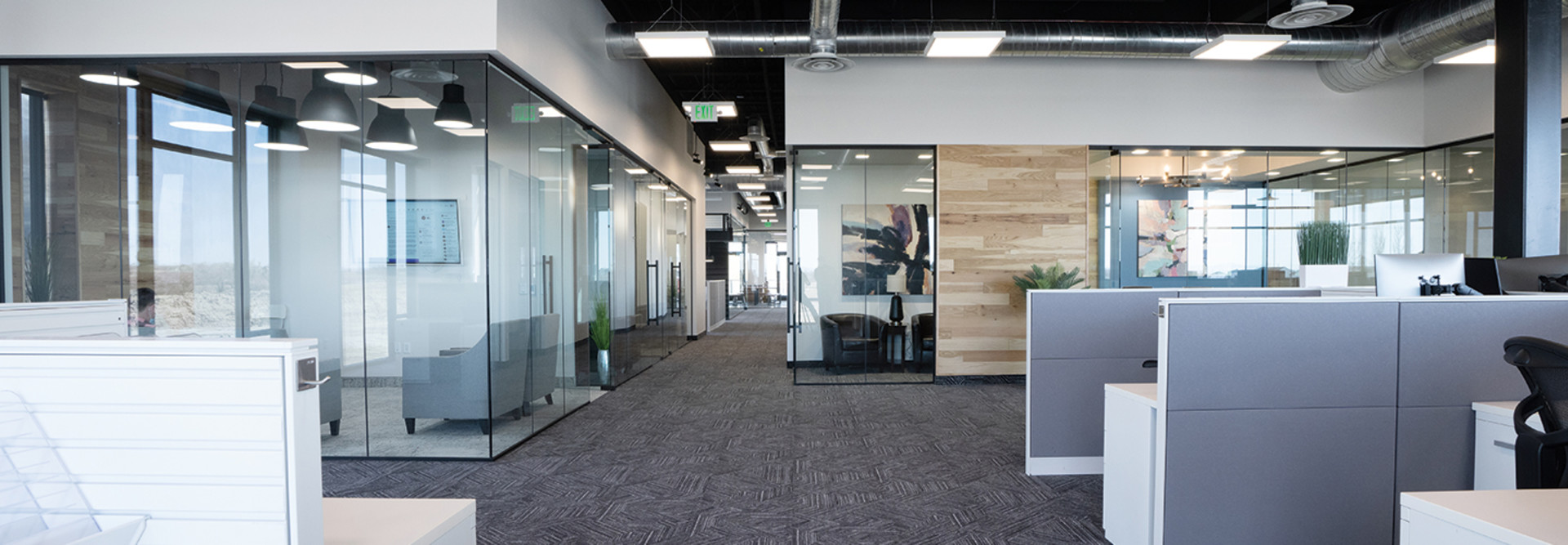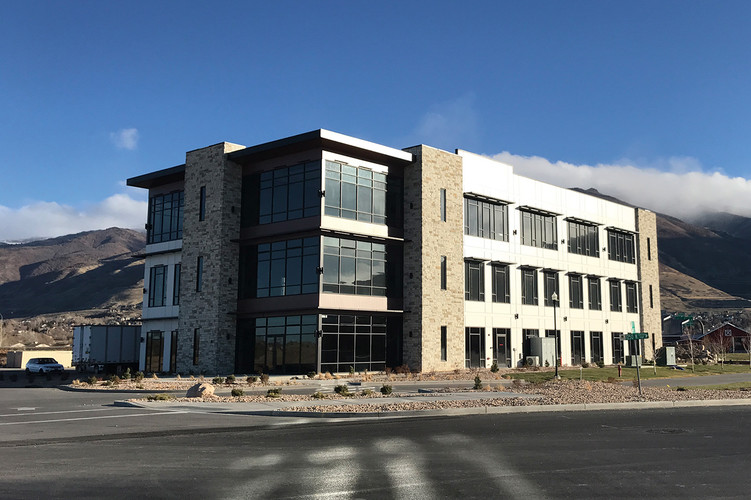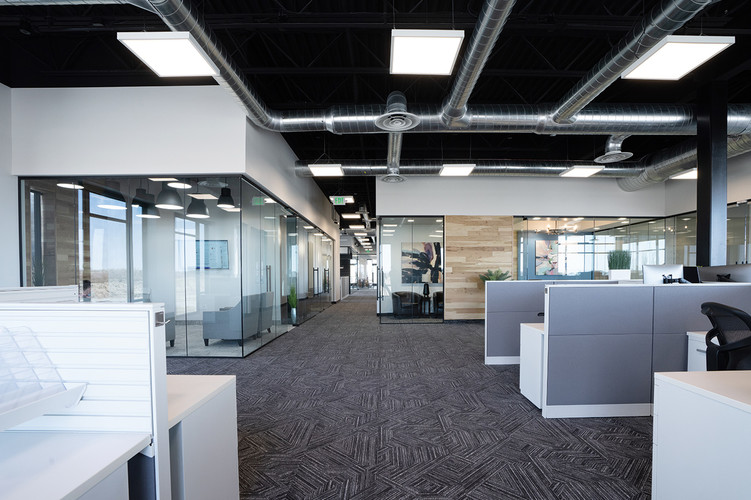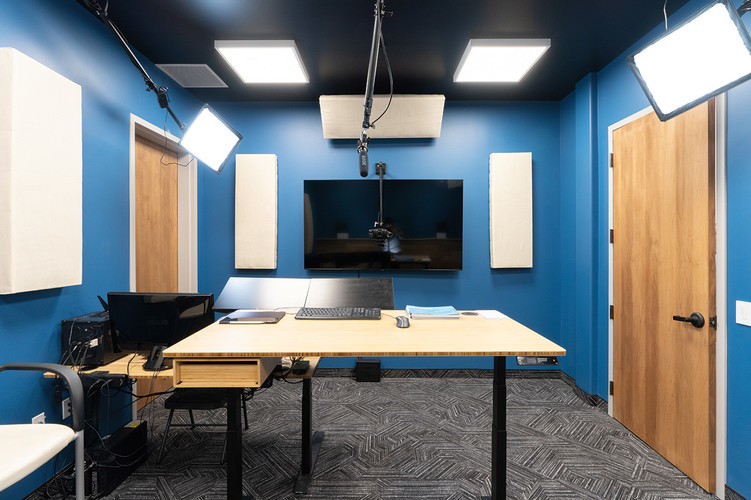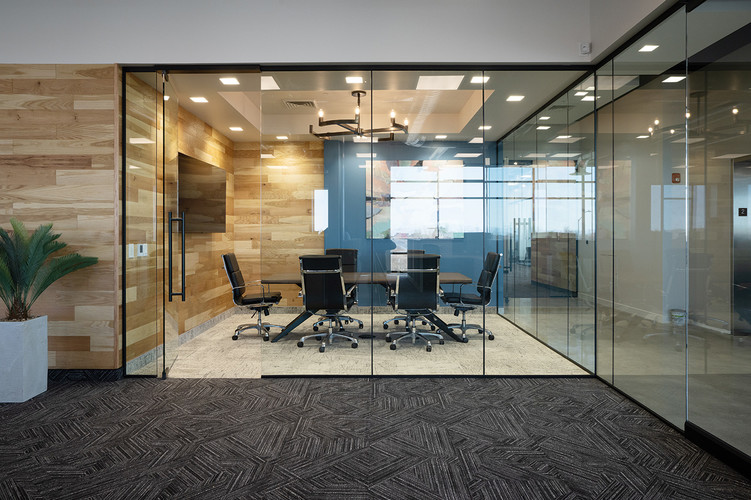For example, as employees transition back to the office, many will still use technology they relied on while telecommuting, such as mobile computing devices, videoconferencing software and cloud-based software tools. A recent IDC survey found that enterprises expect about one-third of their employees will continue to work remotely, so collaboration tools will be critical for onsite and remote workers to communicate.
“Those online collaboration tools are high-bandwidth applications, so they need a solid network to support them,” says Brandon Butler, a senior research analyst with IDC.
Powering a Network Vital to Hybrid Work
As it built its new office, the Arbinger Institute had to make a few adjustments during the pandemic to reduce costs. However, it kept its budget for networking infrastructure intact.
The company rents out most of the building’s first floor and all of the third floor. Its plan is to also populate the entire second floor and a large training space for in-person workshops on the first floor. To support all its users, the Arbinger Institute invested in a fast, redundant network.
“We had to make some concessions, but I didn’t want to sacrifice the network, because it’s important in the long term,” Prince says.
Inside, he installed 12 Netgear M4300 gigabit-speed managed switches, with Category 6A cabling. He then deployed eight Netgear WAC510 wireless access points on each of the two top floors and placed three beefed-up Netgear WAC540 access points in the first-floor training space, which can fit about 150 attendees.
The stronger access points provide more bandwidth and can handle more simultaneous users. That’s important to Arbinger because workshop attendees will need to connect their laptops to download large media presentations, Prince says.



